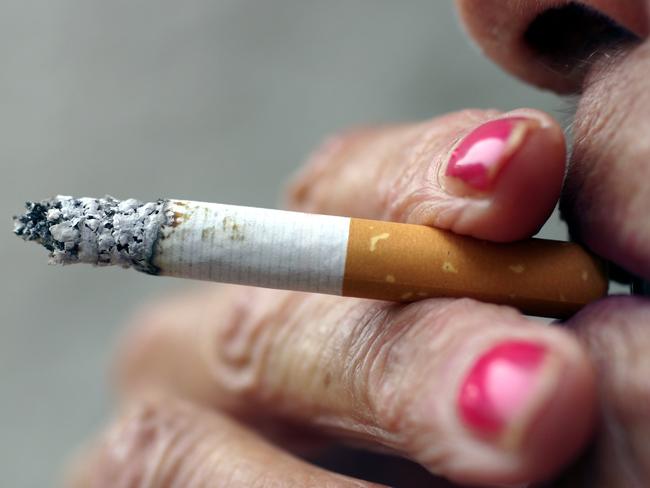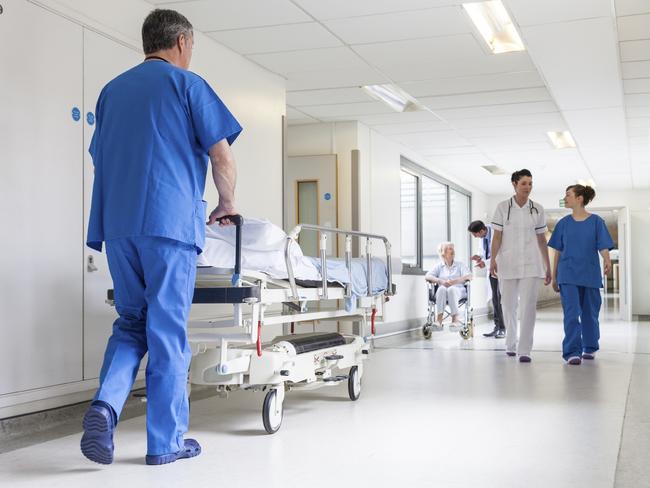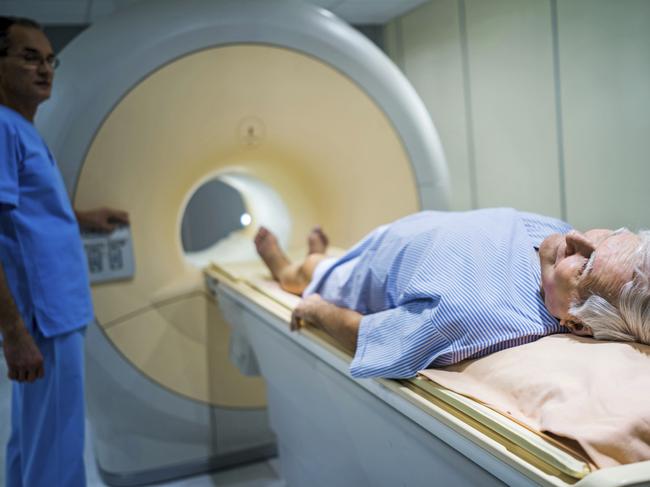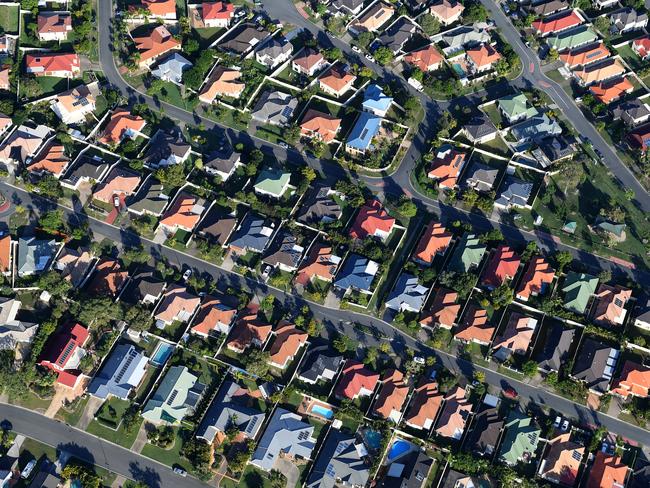Gold Coast suburbs where you’re most at risk of getting cancer
FIVE Gold Coast suburbs have more cancer cases per capita than the Australian average, a new report reveals. Fresh cancer statistics show the suburbs where you’re most likely to be diagnosed for breast, prostate, colorectal, lung and skin cancer.
Lifestyle
Don't miss out on the headlines from Lifestyle. Followed categories will be added to My News.
FIVE Gold Coast suburbs have more cancer cases per capita than the Australian average, a new report reveals.
Southport — which had 533 people per 100,000 diagnosed with the killer disease between 2009-2013 — Nerang (532), Robina, Coolangatta (both 521) and Ormeau-Oxenford (502) were all higher than the national average of 497.
If you live in Coolangatta you are more likely to have melanomas.

A Federal Government study used data collected from diagnoses from 2009-2013, taking in breast, cervical, prostate, colorectal, lung and skin cancers.
In total, Southport had 1666 cases of cancer diagnosed in the four years to 2013, the My Healthy Communities report found.
But Surfers Paradise, where the permanent population might have been thought to be skewed towards older people, had a rate of 481.
Bond University professor of evidence-based medicine Paul Glasziou said low or high socio-economic status could have an affect on the diagnoses of other cancers.
“Lower socio-economic groups tend to have higher rates of smoking and so have higher rates of lung cancer,” Prof Glasziou said.

“But they may have lower rates of other types of cancer. They may start younger in terms of having children, and have more children, which in turn prevents breast cancer for women.”
Southport and Surfers Paradise had the highest rates per capita of breast cancer, both listed at 128 cases, followed by Gold Coast north region with 127 cases.

Commenting on Coolangatta’s rate of melanoma, Prof Glasziou said there was a direct link between coastal living and higher rates of skin cancer.
“With skin cancer, the amount of sun exposure, particularly numbers of sunburn, you’ll see a latitude and a closeness to the equator (as predictors),” he said.
Broadbeach/Burleigh had the highest rates per capita of colorectal cancer on the Gold Coast, with 68 cases, followed by Ormeau/Oxenford (64) and Southport (63).

Nerang, listed as having one of the heaviest populations of smokers on the Gold Coast, topped the list of lung cancer diagnoses (61). Gold Coast North (48) and Southport (47) were next.
While eating well and making healthy lifestyle choices could reduce the risk of certain cancers, Prof Glasziou said the risk of contracting cancer was at odds of about fifty-fifty.
“Roughly half the cancers are preventable,” Prof Glasziou said.
“(I see healthy people with cancer) about the same amount as people who eat badly and doesn’t exercise.
“Obesity, unhealthy lifestyles are more a predictor of heart disease.”

Coolangatta had 188 cases of prostate cancer per 100,000 people, followed by Robina (186) and Gold Coast North (173).
Coolangatta had the highest rate of melanoma, with 90 cases, followed by Broadbeach/Burleigh, Southport and Nerang.
Surf Life Saving Queensland Gold Coast co-ordinator Nathan Fife said Coolangatta residents enjoyed the beach more than most other Coast residents.
Data from the SLSQ showed there had been 275,643 visits to the beach from Coolangatta to Kirra on weekends and public holidays since September 16 last year.
Over that same period there were 313,791 from Southport to Broadbeach.

Despite the 38,000 difference, Mr Fife said the northern end attracted more tourists while the Coolangatta area had more locals.
Cancer Council Queensland CEO Chris McMillan said rates could vary for many reasons so it was difficult to say one pocket had high or low rates for certain reasons.
“When considering estimates from small geographical areas, it is important to understand that these rates fluctuate from year to year. Overall, cancer rates on the Gold Coast are consistent with the rest of Queensland.
“There are a wide range of socio-economic and other demographic characteristics of people that can impact cancer cases and disparities between various suburbs.
“More research is needed to help understand why certain disparities may occur, so that appropriate interventions to reduce any inequalities can be introduced.”


